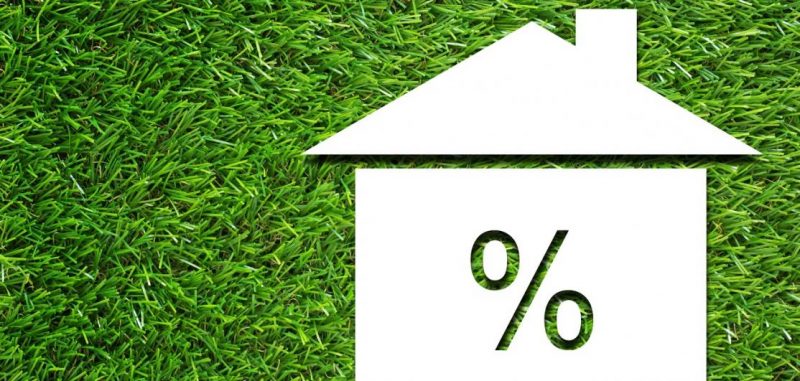The Federal Reserve voted Wednesday to keep its benchmark interest rate near zero due to the COVID-19 pandemic, showing little interest in reversing course anytime soon. The Fed’s benchmark rate does not directly impact mortgage rates for home buyers, but it can influence them.
The Fed’s Federal Open Markets Committee voted to keep the range of its benchmark interest rate between 0% to 0.25%. It had called two emergency meetings during the cusp of the coronavirus outbreak in March to cut rates.
Fed Chairman Jerome Powell in a press conference noted: “We’re not going to be in a hurry to move rates up. … We’re going to wait until we are quite confident the economy is on the road to recovery.”
The federal funds rate is what banks charge one another for short-term borrowing. The near-zero rates have made it cheaper to borrow in many cases. For example, the Fed’s actions have prompted credit card rates to move down to three-year lows.
The average 30-year fixed-rate mortgage, which is more directly tied to 10-year U.S. Treasury notes, has been averaging about 3.55%, the lowest since September 2016, according to Bankrate.
However, some lenders are tightening up on lending in response to new risks from the mortgage bailout program under the CARES Act. “The intensity of the crisis means that loan availability is declining and thus the boost to the economy is muted,” Tendayi Kapfidze, chief economist at LendingTree, told CNBC. Homebuyers with lower credit scores are finding more tightened credit standards.
Source: “Fed Holds Rates Near Zero—Here’s What It Means for You,” CNBC (April 29, 2020)












